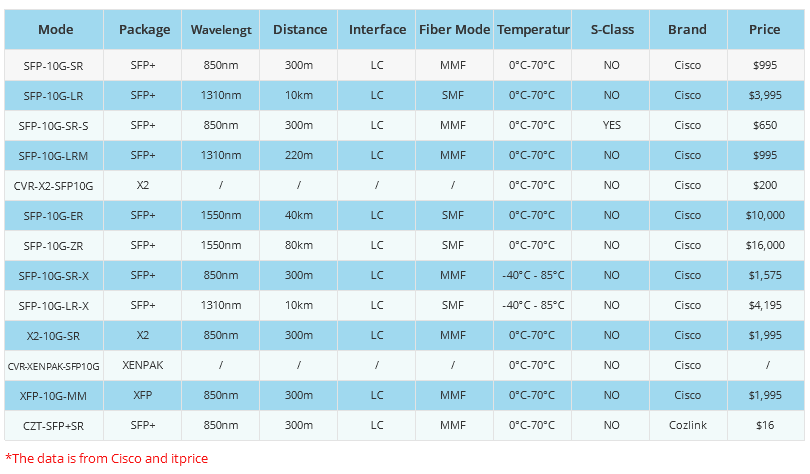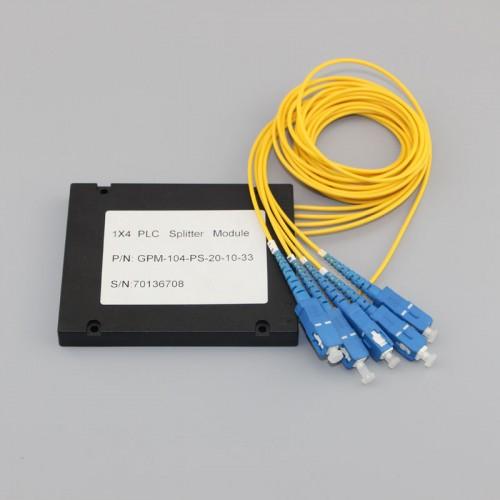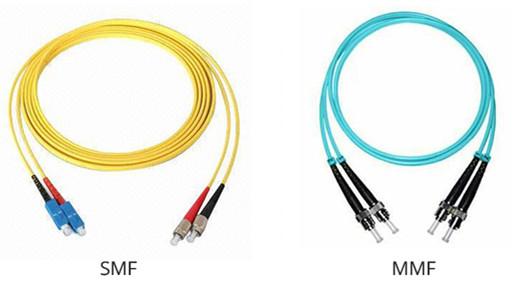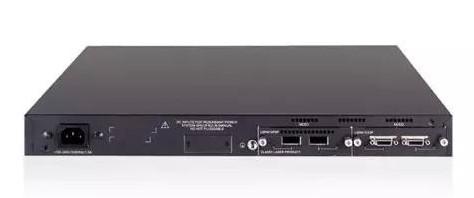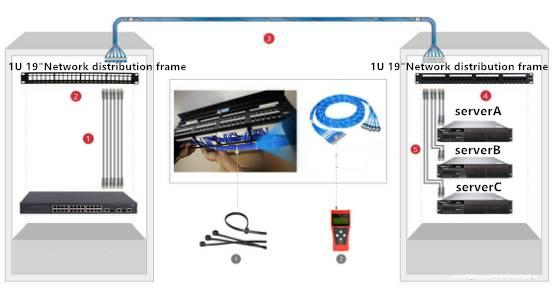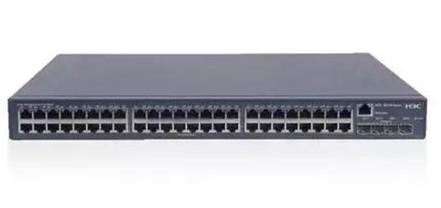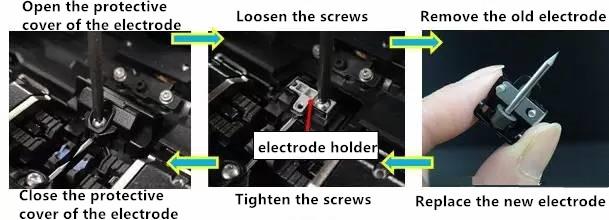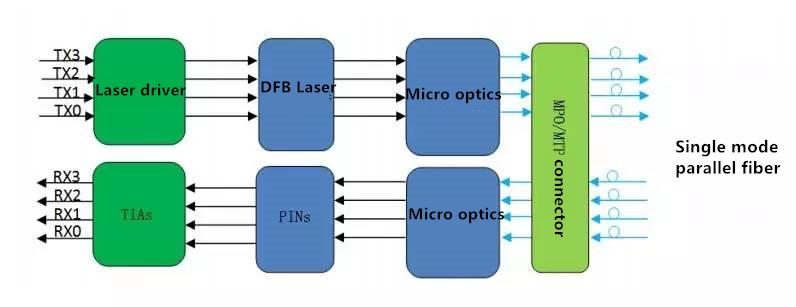- Related articles
- All Cisco X2-10GB-LRM's information (List price, Specs, Datasheet PDF, Compatibility matri
- Affordable 10G Network Over CWDM up to 18 Channels
- Optical Transceivers for Cisco WS-C3560CX-12PD-S Switch
- All Cisco GLC-LH-SM-20's information (Specs, Datasheet PDF, Compatibility matrix)
- Optical Transceivers for Cisco WS-C3750E-24PD-S Switch
- Optical Transceivers for Cisco WS-C3750G-48PS-S Switch
- Optical Transceivers for Cisco N3K-C3172TQ-32T Switch
- Optical Transceivers for Cisco SG500-52MP-K9-G5 Switch
- The Things You Need to Know about 10GBASE-CX4 Ethernet Standards
- Optical Transceivers for Cisco WS-C2960+24LC-L Switch
Recommend tag
Single mode QSFP optical module VS multi-mode QSFP optical module
2024-10-24
Single mode QSFP optical module+VS multi-mode QSFP optical module
Single mode QSFP+optical modules and multi-mode QSFP+optical modules refer to QSFP+optical modules that operate on different types of optical fibers. Single mode QSFP+optical modules work together with single-mode optical fibers, while multi-mode QSFP+optical modules will be used together with multi-mode optical fibers. So what are the differences between single-mode QSFP+optical modules and multi-mode QSFP+optical modules? What are the precautions when using them? Should we choose single-mode QSFP+optical module or multi-mode QSFP+optical module?
What is a single-mode QSFP+optical module?
The laser wavelength of single-mode fiber (SMF) is relatively narrow. This means that single-mode fiber has higher bandwidth and longer transmission distance.
The working wavelength of single-mode QSFP+optical modules is generally 1310nm, mainly used for long-distance data transmission, and its transmission distance can reach 500m, 1km, 2km, 10km, and 40km. Single mode QSFP+optical modules typically use duplex LC connectors, but occasionally they are also used in conjunction with MPO/MTP connectors.

What is a multimode QSFP+optical module?
Multimode fiber (MMF) typically uses longer wavelengths of light and has a strong ability to collect optical signals from lasers, which means that the price of multimode fiber is cheaper.
The working wavelength of common multi-mode QSFP+optical modules is 850nm, and they are used for short distance data transmission, with transmission distances of up to 100m and 500m. Multi mode QSFP+optical modules typically use MPO/MTP connectors, but occasionally they are also used with duplex LC connectors.
 Should I choose single-mode QSFP+optical module or multi-mode QSFP+optical module?
Should I choose single-mode QSFP+optical module or multi-mode QSFP+optical module?
The most important factors to consider when choosing single-mode QSFP+optical modules and multi-mode QSFP+optical modules are transmission distance and connector type. The following table lists the specifications and parameters of some popular single-mode QSFP+optical modules and multi-mode QSFP+optical modules. I hope it can help you choose the appropriate QSFP+optical module for your network.

What are the precautions for using single-mode/multi-mode QSFP+optical modules?
(1) The simplest way to ensure that the wavelengths at both ends of the fiber optic jumper are the same is that the color of the module must be consistent.
(2) To ensure the accuracy of data, the shortwave QSFP+optical module uses multimode fiber (i.e. OM3 or OM4 fiber jumpers), while the longwave QSFP+optical module is used in conjunction with single-mode fiber (i.e. yellow fiber jumpers).
(3) Do not excessively bend or wrap the optical fibers when using them, as this will increase light attenuation during transmission.
(4) If single-mode/multi-mode QSFP+optical modules are not used, dust plugs must be used to protect the optical holes to prevent contamination of the optical modules.
(5) When we choose QSFP+optical modules, we must confirm the transmission distance and wavelength, which will help us choose the correct QSFP+optical module.
Choose the appropriate SFP optical module for your network:
As can be seen from the previous text, whether to choose SFP single-mode optical module or SFP multi-mode optical module mainly depends on the transmission distance. Taking SFP gigabit optical modules as an example, for transmission within a distance of 550 meters, a multimode optical module with a wavelength of 850nm is required. For transmission below 2km, a multimode optical module with a wavelength of 1310nm is used, while for transmission above 2km, a single-mode optical module with a wavelength of 1310nm or 1550nm must be selected.
Tips for using SFP single-mode optical modules and SFP multi-mode optical modules:
(1) If your network needs to cover long distances and requires high-speed data transmission, SFP single-mode optical modules may be a better choice.
(2) When choosing SFP optical modules, consult with suppliers to understand the compatibility and performance of different models.
(3) Regularly inspect and clean SFP optical modules to ensure their proper functioning.
Method for distinguishing the appearance of single-mode and multi-mode optical modules
Ring color: The ring color of single-mode optical modules is usually blue, while the ring color of multi-mode optical modules is black.
Fiber color: The color of single-mode fiber is usually yellow, while the color of multimode fiber is orange or orange red.
Fiber type identification: can be distinguished by the text identification on the optical module, with "SM" indicating single-mode optical module and "MM" indicating multi-mode optical module.
conclusion
As time goes by, the cost of optical modules will continue to increase, which will bring budget pressure to many users. At this time, we can choose low-cost, high-quality, and highly compatible third-party optical modules. SEESUO Fiber (seesuo. com) is an excellent QSFP+optical module supplier, providing 100% compatible optical modules with well-known brands such as Cisco, HP, and Juniper, and offering unexpected value discounts. Come to the official website of SEESUO Fiber (seesuo. com) to choose suitable optical modules.
Single mode QSFP+optical modules and multi-mode QSFP+optical modules refer to QSFP+optical modules that operate on different types of optical fibers. Single mode QSFP+optical modules work together with single-mode optical fibers, while multi-mode QSFP+optical modules will be used together with multi-mode optical fibers. So what are the differences between single-mode QSFP+optical modules and multi-mode QSFP+optical modules? What are the precautions when using them? Should we choose single-mode QSFP+optical module or multi-mode QSFP+optical module?
What is a single-mode QSFP+optical module?
The laser wavelength of single-mode fiber (SMF) is relatively narrow. This means that single-mode fiber has higher bandwidth and longer transmission distance.
The working wavelength of single-mode QSFP+optical modules is generally 1310nm, mainly used for long-distance data transmission, and its transmission distance can reach 500m, 1km, 2km, 10km, and 40km. Single mode QSFP+optical modules typically use duplex LC connectors, but occasionally they are also used in conjunction with MPO/MTP connectors.

What is a multimode QSFP+optical module?
Multimode fiber (MMF) typically uses longer wavelengths of light and has a strong ability to collect optical signals from lasers, which means that the price of multimode fiber is cheaper.
The working wavelength of common multi-mode QSFP+optical modules is 850nm, and they are used for short distance data transmission, with transmission distances of up to 100m and 500m. Multi mode QSFP+optical modules typically use MPO/MTP connectors, but occasionally they are also used with duplex LC connectors.

The most important factors to consider when choosing single-mode QSFP+optical modules and multi-mode QSFP+optical modules are transmission distance and connector type. The following table lists the specifications and parameters of some popular single-mode QSFP+optical modules and multi-mode QSFP+optical modules. I hope it can help you choose the appropriate QSFP+optical module for your network.

What are the precautions for using single-mode/multi-mode QSFP+optical modules?
(1) The simplest way to ensure that the wavelengths at both ends of the fiber optic jumper are the same is that the color of the module must be consistent.
(2) To ensure the accuracy of data, the shortwave QSFP+optical module uses multimode fiber (i.e. OM3 or OM4 fiber jumpers), while the longwave QSFP+optical module is used in conjunction with single-mode fiber (i.e. yellow fiber jumpers).
(3) Do not excessively bend or wrap the optical fibers when using them, as this will increase light attenuation during transmission.
(4) If single-mode/multi-mode QSFP+optical modules are not used, dust plugs must be used to protect the optical holes to prevent contamination of the optical modules.
(5) When we choose QSFP+optical modules, we must confirm the transmission distance and wavelength, which will help us choose the correct QSFP+optical module.
Choose the appropriate SFP optical module for your network:
As can be seen from the previous text, whether to choose SFP single-mode optical module or SFP multi-mode optical module mainly depends on the transmission distance. Taking SFP gigabit optical modules as an example, for transmission within a distance of 550 meters, a multimode optical module with a wavelength of 850nm is required. For transmission below 2km, a multimode optical module with a wavelength of 1310nm is used, while for transmission above 2km, a single-mode optical module with a wavelength of 1310nm or 1550nm must be selected.
Tips for using SFP single-mode optical modules and SFP multi-mode optical modules:
(1) If your network needs to cover long distances and requires high-speed data transmission, SFP single-mode optical modules may be a better choice.
(2) When choosing SFP optical modules, consult with suppliers to understand the compatibility and performance of different models.
(3) Regularly inspect and clean SFP optical modules to ensure their proper functioning.
Method for distinguishing the appearance of single-mode and multi-mode optical modules
Ring color: The ring color of single-mode optical modules is usually blue, while the ring color of multi-mode optical modules is black.
Fiber color: The color of single-mode fiber is usually yellow, while the color of multimode fiber is orange or orange red.
Fiber type identification: can be distinguished by the text identification on the optical module, with "SM" indicating single-mode optical module and "MM" indicating multi-mode optical module.
conclusion
As time goes by, the cost of optical modules will continue to increase, which will bring budget pressure to many users. At this time, we can choose low-cost, high-quality, and highly compatible third-party optical modules. SEESUO Fiber (seesuo. com) is an excellent QSFP+optical module supplier, providing 100% compatible optical modules with well-known brands such as Cisco, HP, and Juniper, and offering unexpected value discounts. Come to the official website of SEESUO Fiber (seesuo. com) to choose suitable optical modules.

TECHNICAL SUPPORT
Get solutions or consultation from the technical team.




























































